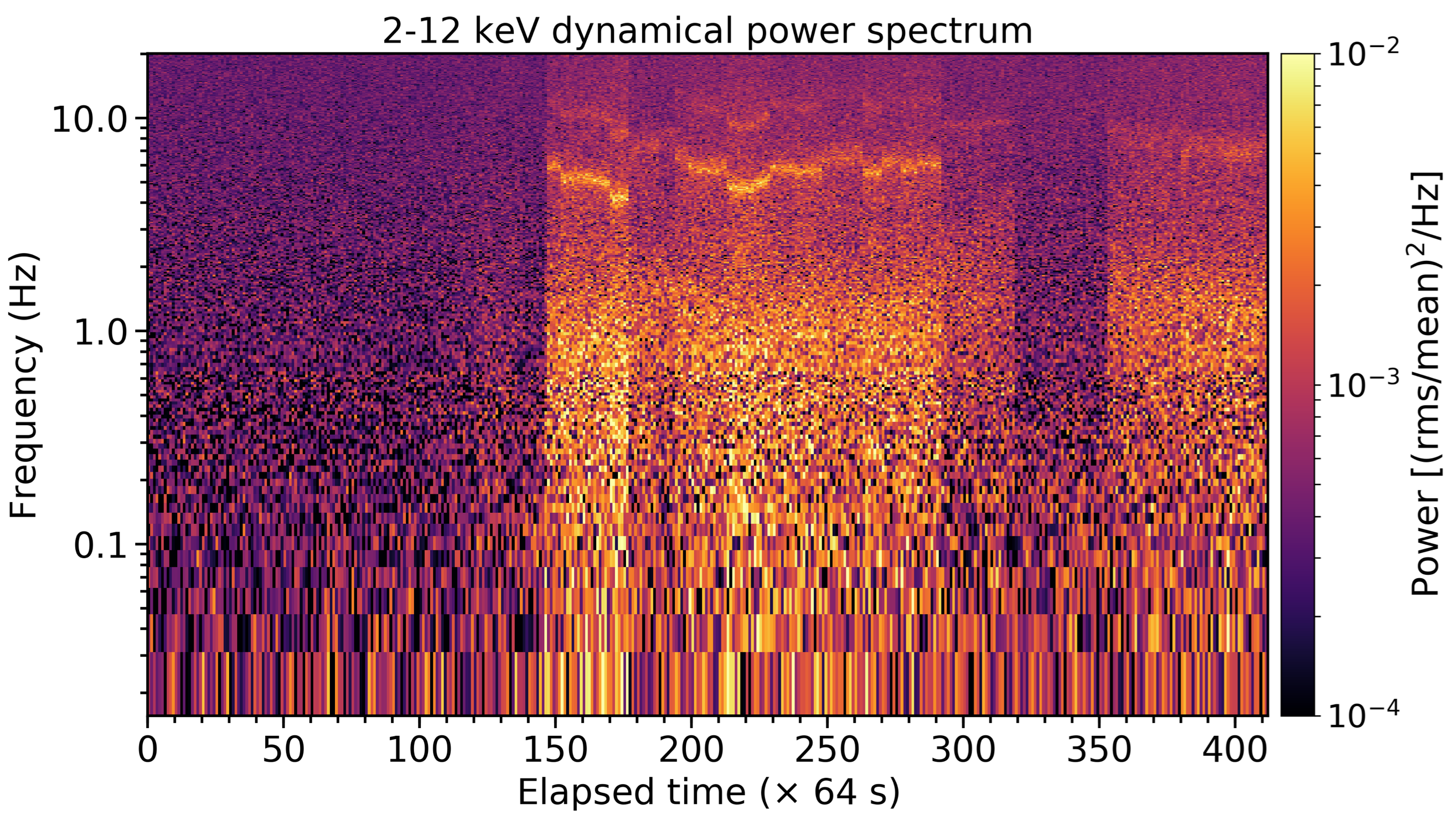NICER / ISS Science Nugget for January 31, 2019NICER follows up on a bonanza of MAXI-discovered Galactic black hole systemsSince January 26, 2019, NICER has been tracking three previously unknown X-ray transients found by the ISS/JAXA instrument MAXI. Scheduling responsiveness and flexibility, made possible by operations on the ISS, have allowed NICER to regularly monitor all three of these targets (MAXI J1631–479, MAXI J1348–630, and Swift J1728.9–3613) and to track the evolution of their spectral and temporal properties. While MAXI is prolific at finding new transients, its data alone cannot usually establish the nature and origin of a new transient. NICER followup has shown that all three of the new outbursts are from previously unknown Galactic black-hole binary systems. The NICER team released three Astronomer Telegrams over the last few days (ATel 12440 on MAXI J1631–479, ATel 12447 on MAXI J1348–630, and ATel 12455 on Swift J1728.9–3613) so that the astrophysics community can act rapidly to understand and further investigate these objects, which evolve rapidly (sometimes within hours). The figure below is a power density plot for MAXI J1631–479 that shows in 64-second bins the evolution of timing behavior of this object.
NICER
|



